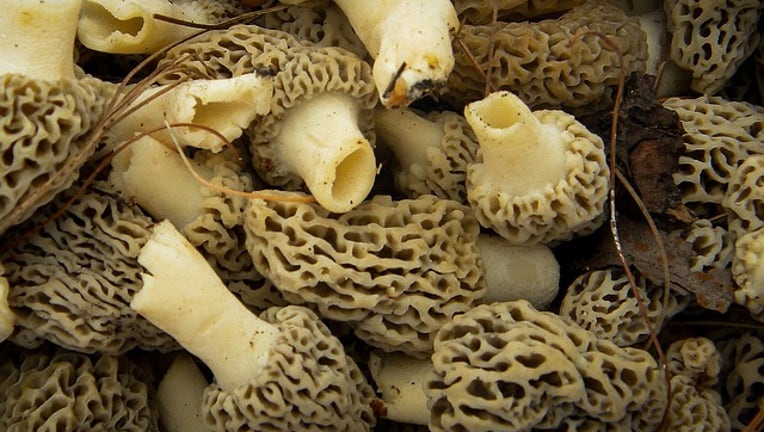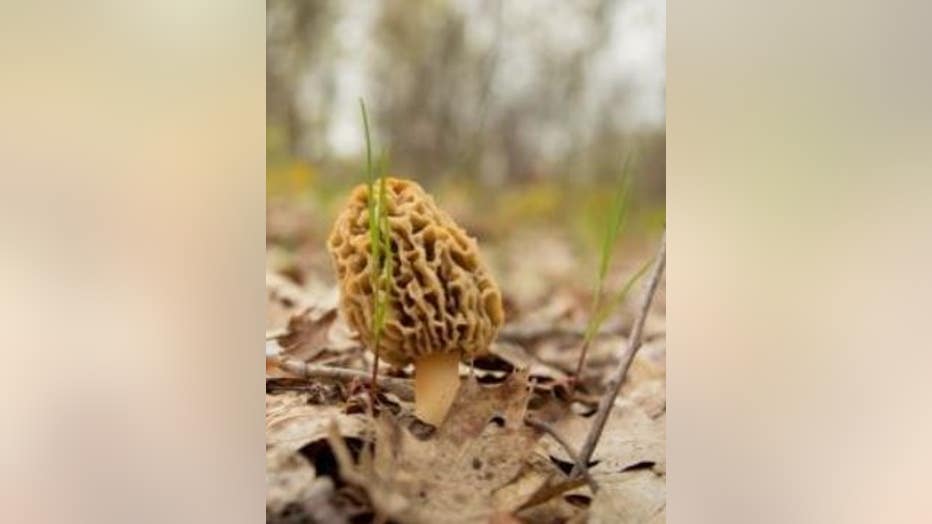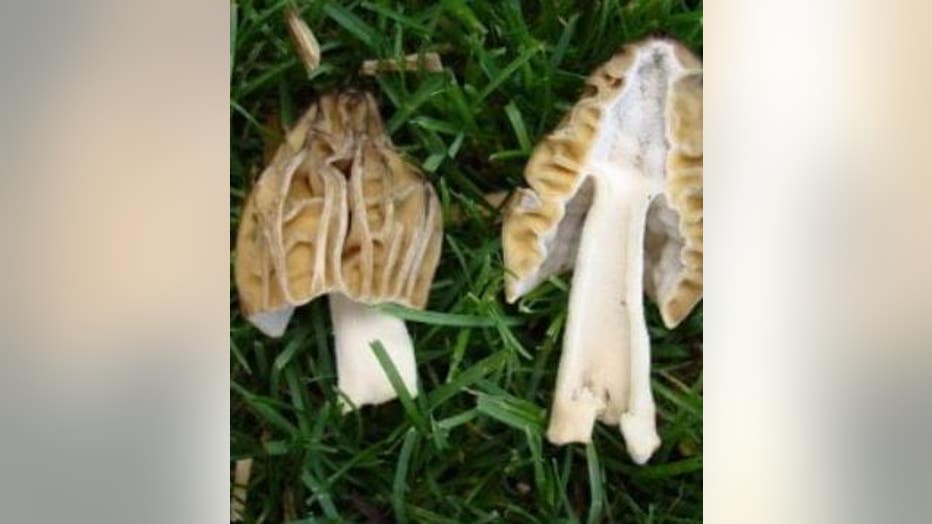Morel mushroom hunting: Where to find them in Michigan

Photo by Alan Stanley/Pixabay
(FOX 2) - Morel Month has officially arrived in Michigan, and that means that if you haven't already begun foraging, it's time to start.
According to the Michigan Department of Natural Resources, morels are the safest of the more than 2,000 wild mushroom types that grow in the state. They are often sautéed in butter or used in recipes.
Timeline:
Morels typical fruit from late May until mid-June, but weather conditions can impact this -- cooler, dryer weather can kill them.
Where to find morels:
The mushrooms tend to be found in areas that aren't grassy. According to the Department of Natural Resources, areas where burns larger than 10 acres have taken place within the past year are prime locations for the mushrooms to grow.
Burns on land with jack, red, or white pine trees are more likely to yield morels.
This map shows areas where there have been large burns within the past few years. In previous years, most of the spots have been in northern Michigan, but this year, people in the Metro Detroit area won't have to travel far to find areas that may have these delicacies.
Identifying morels
It's important to know what you are looking for because Michigan has poisonous mushrooms that could be confused with morels.
According to the Department of Natural Resources, true morels are hollow, and their caps are pitted as if holes have been punched in them. False morels appear textured like true morels, but they do not have the pitting. Also, the cap connects to the stalk.
Edible true morels
White morel
Appearance: Light cream to gray to yellowish-brown. Hollow cap attached to the stalk

A white morel (Photo: Michigan DNR)
Black morel
Appearance: Gray to black. Hollow cap attached to the stalk at the lower edge

A black morel (Photo: Michigan DNR)
Half-free morel
Appearance: Light cream to gray to yellowish-brown. Cap is detached from the stalk about halfway down

A half-free morel (Photo: Michigan DNR)
Burn-site morel
Appearance: Dark brown to black ridges. Cap nearly round

A burn site morel (Photo: Michigan DNR)
Non-edible false morels
Veroa bohemica
Appearance: Dark brown, free hanging caps
Veroa conica
Appearance: Smaller than bohemica with free hanging caps
Gyromitra esculenta
Appearance: Dark reddish. Solid stem, brain-like texture

Gyromitra esculenta (Photo: Michigan DNR)
The Source: This information is from the Michigan Department of Natural Resources.


